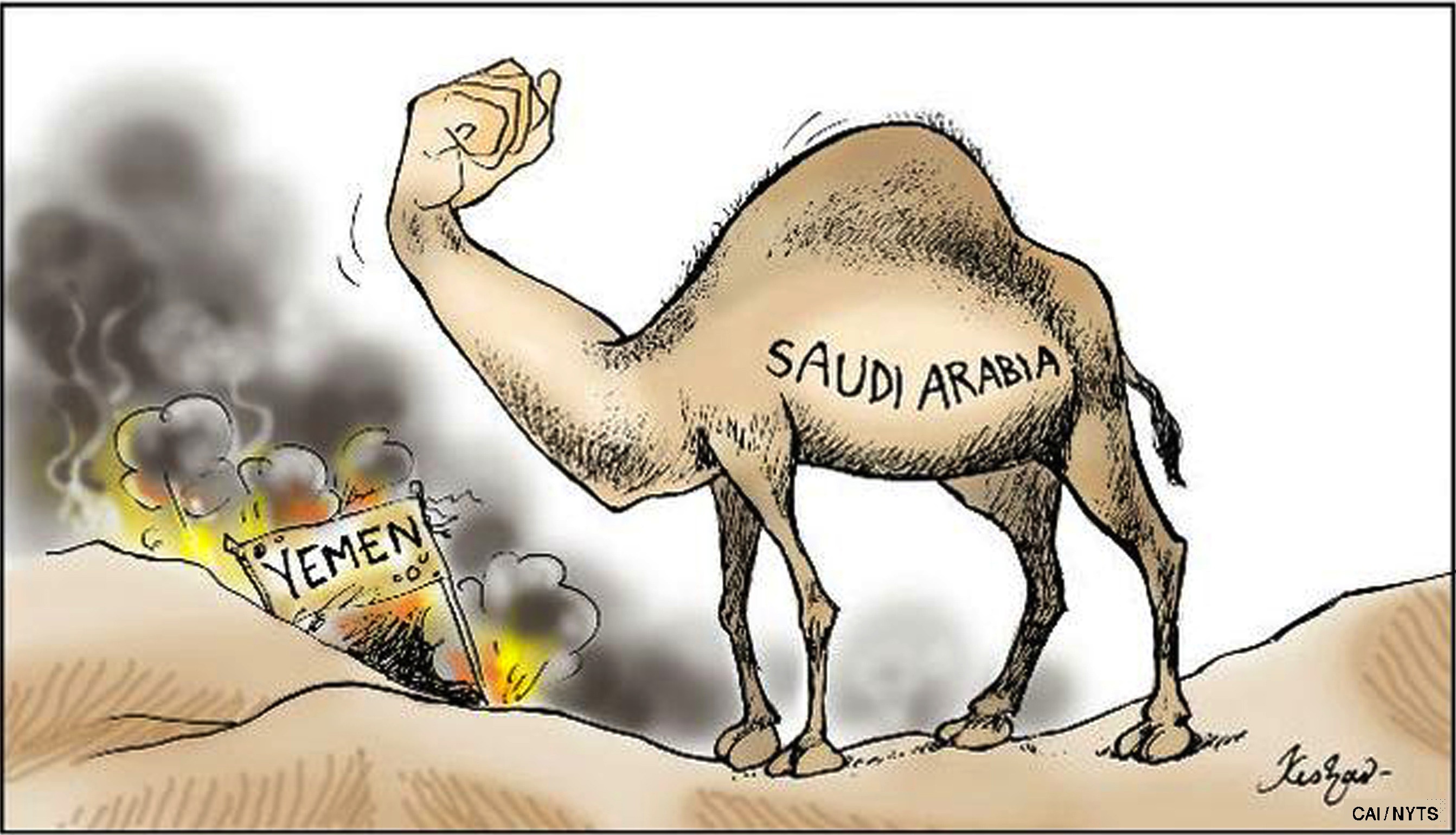In his book "Century of the Wind," the late Uruguayan writer Eduardo Galeano tells how in 1927 the U.S. Marines landed in Nicaragua to quell a revolutionary revolt by Augusto Cesar Sandino, who led a ragtag army of Nicaraguan peasants to fight the invasion. Armed primarily with machetes and 19th-century rifles, Sandino's army fought the marines, undergoing heavy losses in an enormously unequal fight. In November 1927, the marines succeeded in locating El Chipote, Sandino's mountain headquarters. However, when the marines reached it, they found the place abandoned and guarded by straw dummies.
Despite massive efforts, American forces were never able to capture Sandino, and eventually, due in large part to the 1929 Great Depression, U.S. soldiers were withdrawn from Nicaragua following the 1932 Nicaraguan elections. As Alfonso Alexander, a Colombian journalist fighting in Sandino's army, said at the time, "The invaders were like the elephant and we the snake. They were immobility, we were mobility." Chilean poet Gabriela Mistral admiringly called Sandino's warriors a "crazy little army."
There is an eerie resemblance between these facts and what is now happening in Yemen, the poorest country in the Middle East, where a small army of Houthi soldiers is fighting the combined forces of Saudi Arabia and its allies (the five Gulf Arab States and Jordan, Egypt, Morocco and Sudan), with the support of the United States. The disproportion of forces between both sides would be laughable, if it weren't tragic.



